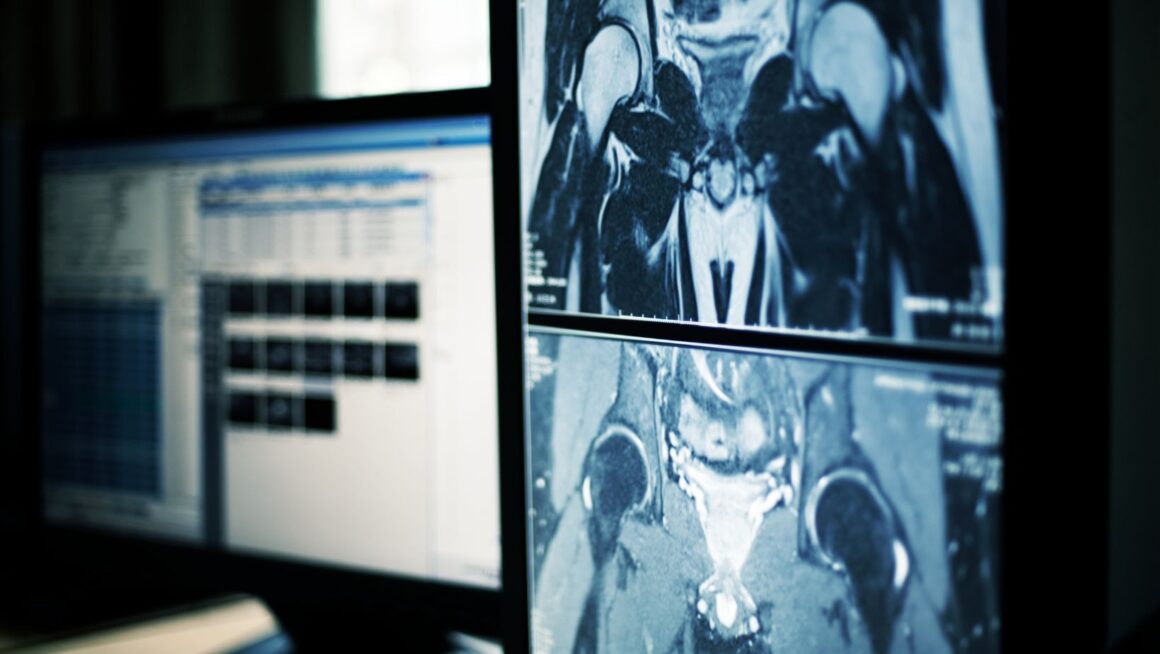
In modern healthcare, the demand for faster, more accurate, and patient-centered care has never been higher. One strategy that has shown significant promise in improving patient outcomes is the integration of clinical and imaging services. By combining diagnostic imaging capabilities with direct clinical care, healthcare providers can streamline workflows, enhance collaboration among specialists, and ultimately deliver more precise and timely treatments.
The Need for Integration
Traditionally, patients often navigate a fragmented system where clinical consultations and diagnostic imaging occur in separate facilities, sometimes leading to delays, miscommunication, or repeated tests. These inefficiencies can prolong diagnosis, increase healthcare costs, and affect patient satisfaction. Integrating clinical and imaging services addresses these challenges by creating a centralized approach to patient care.
When imaging centers are co-located or closely aligned with clinical services, physicians have immediate access to diagnostic results, enabling them to make faster decisions. This immediacy is especially critical for conditions that require urgent intervention, such as strokes, heart attacks, or cancer diagnoses. With integrated services, a patient can undergo imaging and receive a consultation in a coordinated, streamlined manner, reducing wait times and minimizing the risk of errors associated with transferring records between separate facilities.
Enhancing Collaboration and Communication
Integration fosters stronger collaboration among healthcare professionals. Radiologists and clinicians can discuss cases in real time, share insights, and develop more tailored treatment plans. This multidisciplinary approach ensures that imaging findings are interpreted in the proper clinical context, enhancing diagnostic accuracy.
Furthermore, integrated services encourage standardized protocols, which reduces variability in care and improves consistency in patient management. By unifying workflows, healthcare teams can track progress more effectively, monitor treatment response, and adjust plans promptly when needed. The result is a more cohesive care experience, where patients feel supported and informed throughout their treatment journey.
Technology as a Catalyst

The effectiveness of integrated clinical and imaging services is amplified by advancements in technology. Electronic health records (EHRs) that seamlessly connect imaging data with patient charts allow clinicians to access comprehensive information at the point of care. Artificial intelligence and advanced imaging software also provide clinicians with enhanced diagnostic capabilities, such as automated detection of anomalies or predictive analytics for disease progression.
For healthcare organizations looking to implement or expand these integrated solutions, partnering with specialized providers can be highly beneficial. For example, Perceptive offers in-house clinical and imaging centers designed to support integrated workflows, enabling providers to deliver timely, accurate, and patient-focused care.
Benefits to Patient Outcomes
The most compelling reason to adopt integrated services is the measurable improvement in patient outcomes. Patients experience faster diagnoses, more personalized treatment plans, and reduced exposure to unnecessary procedures. Additionally, the coordination between clinical and imaging teams enhances patient safety by minimizing the chances of missed or misinterpreted findings.
Integrated services also support preventive care. By streamlining access to diagnostic imaging, healthcare providers can identify early warning signs of chronic conditions, allowing for intervention before complications arise. This proactive approach not only improves long-term health outcomes but can also reduce the overall burden on healthcare systems.












